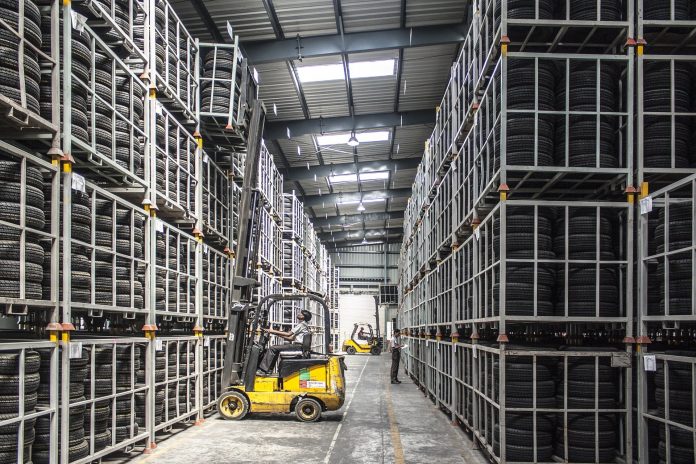Warehouse management efficiency is important in any business that handles products and raw materials. This is because an efficiently run warehouse directly impacts customer satisfaction by being able to quickly process and deliver its products or services. Consequently, a business with a reputation of reliability and high customer satisfaction can expect to broaden its base of potential consumers more easily and attract more business.
With that said, how would a business owner begin improving the efficiency of their warehouse management? The following is a list of the tried-and-tested ways on how to do just that.
Train warehouse staff in the use of forklifts:
Forklifts allow warehouse staff to lift, carry, and transport containers or large amounts of products safely and efficiently. Moreover, it can also help expedite inventory organisation in the warehouse. The only potential downside is that forklifts require technical knowledge and expertise to operate safely. Otherwise, not only would the forklift operator’s safety be at risk, but also the integrity of the product. Business owners should, therefore, invest in their employees and have them undergo the training courses necessary to qualify for a forklift licence.
Ensure that all warehouse space is utilised effectively:
Another way for business owners to improve their warehouse management efficiency is to ensure that all the available space within their warehouse is used optimally. Doing so keeps the inventory area of the warehouse relatively compact, which then helps shorten the distance that warehouse staff travels when retrieving specific items from different shelves or areas. This allows for orders to be fulfilled more quickly, especially in the retail industry.
One space-maximising tip business owners can adopt, is to stack boxes or pallets of products vertically rather than storing them side by side. This limits the floor space occupied by the product confined to just one unit while allowing for multiple units of product to be stored. Another useful practice is to place small items in labelled bins rather than on pallets or shelves so that they can be retrieved easily without having to search for them. By adopting this space-conscious way of product organisation, a warehouse can enjoy a significant increase it’s efficiency.
Look into inventory streamlining:
Sometimes, all that’s needed to make the management of a warehouse more efficient is to shrink its inventory into a leaner one. For example, business owners can check their sales history periodically and gradually eliminate items from their inventory that does not sell out as quickly as their more popular items. Yet another example is to reduce the number of buffer stocks of certain products or limiting the quantity of a specific product that each customer can purchase. A leaner inventory equals one that is easier to manage.
Introduce more efficiency-boosting technologies:
Besides forklifts and other vehicles, a business owner can look towards more advanced warehouse management technologies to boost the efficiency of their warehouse management. Such technologies include enterprise resource planning systems (ERPs), automated pick-and-place machinery, and more. While procuring these technologies may require a substantial investment, they will pay off in the end by streamlining certain tedious warehouse management tasks, such as inventory tracking, product packing, and more.
Offer performance-based incentives to warehouse staff:
Finally, a business owner can also devise an incentive program to reward top-performing warehouse staffers on a weekly or monthly basis with bonuses or other benefits. Nothing motivates an employee to push for excellence more
than having their diligent effort recognised and rewarded by their employer. Moreover, it also promotes healthy competition in the workplace, which can also lead to a more efficient and productive group pace among employees.
Warehouse management efficiency can directly translate to customer satisfaction:
Managing a warehouse efficiently can be a challenging prospect, especially if it involves a voluminous or diverse inventory. With that said, by employing technology and employee-centric methods such as those listed above, a business owner can significantly streamline their warehouse management operations. This, in turn, will result in a more expedient and efficient service experience for their customers.

